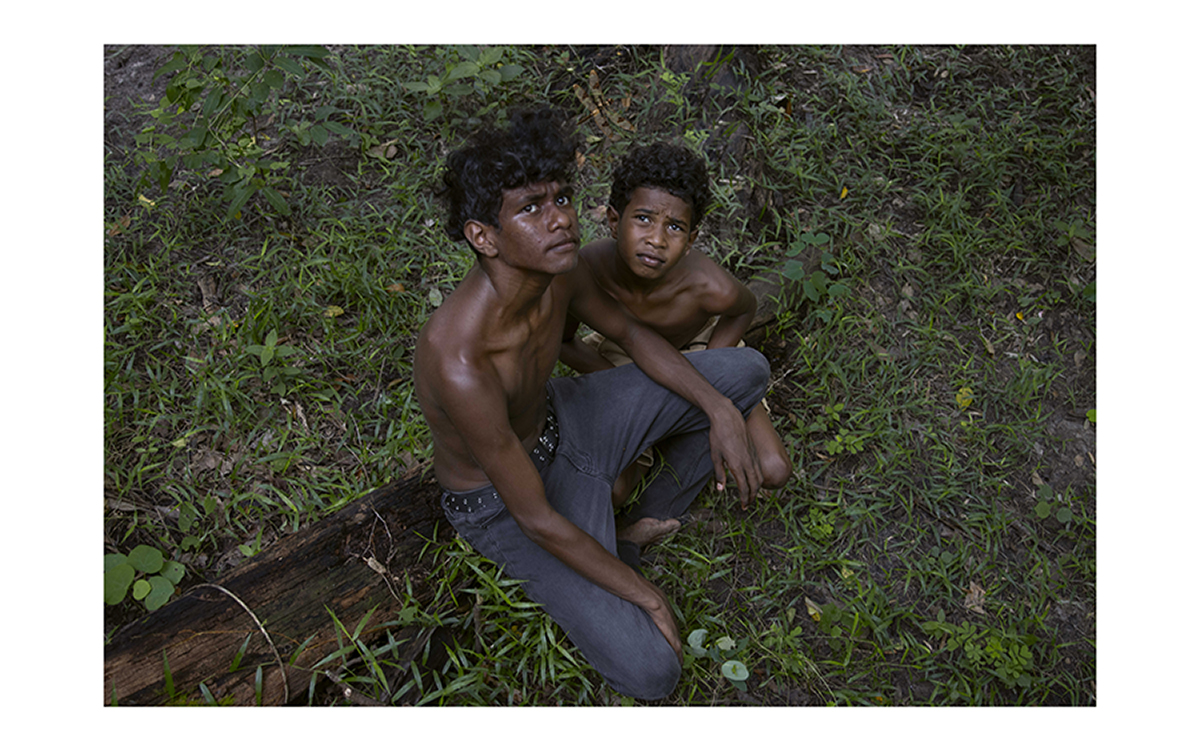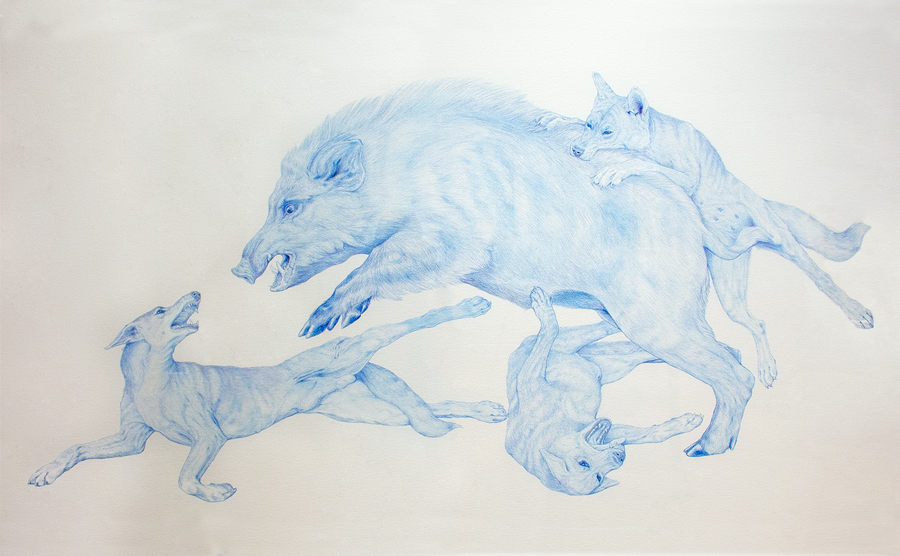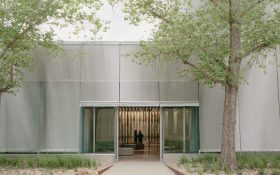‘To me, art is culture! I am reflecting my culture through my art,’ says Kaantju/Umpila woman Naomi Hobson.
The multidisciplinary artist is one of four Indigenous artists being showcased in solo exhibitions this winter at Cairns Art Gallery.
Her work is being programmed concurrently alongside that of Ryan Presley, Janet Fieldhouse and Tommy Pau, in a series of exhibitions timed to coincide with the annual CIAF (Cairns Indigenous Art Fair), which in 2024 runs from 25 to 28 July.
‘They are four artists, working in four very different mediums and approaches, and that very diversity of their practices is the reason they have been programmed,’ says Gallery Director, Andrea May Churcher.
This year the Gallery has specifically focused on showcasing artists who ‘are drawing upon their Cultural heritage and history and using different artistic approaches to reflect upon their relationship to Culture and Country and to engage with contemporary political, social and environmental issues,’ explains Churcher.
For Hobson, this means looking at her environment and highlighting the challenges. She says, ‘I am interpreting how I feel about my Country, my connections to it and how we look after it. I am also raising awareness about concerns for the preservation of our Country. So, this brings forward what we understand about impacts to Country today, like climate change.’
Her exhibition Life on the River (8 June to 1 September) revolves around a series of photographic images taken during the west season and exploring the Culture and people who live around and rely upon Wukaanta/the Coen River.
‘I feel the urge to tell stories about our relationships to one another and the presence that we still have on our Country – how we keep Country healthy. It’s about telling that story, making it vivid and understandable,’ says Hobson.
Marri Ngarr artist Dr Ryan Presley is also very concerned about the here and now, but is using history and Culture to inform his thoughts and beliefs about contemporary issues in his exhibition, Mongrel (1 June to 25 August). And that includes the most fundamental issue of all – the sustainability of life.
Mongrel comprises a series of large-scale, brightly coloured paintings that deconstruct identity, politics, power imbalance and history. The title is another deliberate deconstruction, taking a word that has frequently been used as a slur against First Peoples and reclaiming it.
‘Elements of history, art, science and mysticism are present in the works,’ Presley explains. ‘All related to culture and cultural perceptions. It reflects my experience of 21st century Australia, and the relationship I have to the Culture – one that is often predicated on dislocation and the need to pursue survival.’

Janet Fieldhouse’s approach is different again, with the Kala Lagaw Ya and Meriam Mer ceramicist experimenting with alternative materials to explore what constitutes Cultural material. By examining traditional objects and recreating them in novel and modern ways, Material Culture (8 June to 1 September) navigates questions including the relationship between Culture and place.
Using such disparate natural materials as stone, wood, clay, plant fibre string, shells, seeds, animal bones and feathers, Fieldhouse’s ‘ceramic practice reflects not only her culture, women’s stories and experiences, but also her artistic vision and innovation,’ explains Tina Baum, Senior Curator, Aboriginal and Torres Strait Islander Art, National Gallery of Australia.
The final exhibition also reflects a response to the realities of being an Indigenous artist in contemporary Australia.
‘I know that I have a sense of place in a democracy that I feel a part of,’ says printmaker painter, educator and home tailor Tommy Pau. ‘Comparing Australia to other countries, from my objective comparative political and sociological studies, I can say that Australia is a place where my sense of place, as a citizen, is not bad. I do have a sense of a cultural place, but this is waning as … modern worldviews are challenging this place.’
From the Samsep tribe of Erub in the Torres Strait, Pau’s exhibition Ilan Oman (25 May to 4 August) explores ilan pasin (island life), with a particular focus on the strength of the matriarchy. The works comprise linocuts highlighting traditional female body adornments.
Pau says, ‘In relation to how my work reflects culture, I produce contemporary works and styles that are particular to how I envision cultural subjects or topics are best represented and presented.’
In a note of caution, he adds, however, ‘The label of culture is a constraining label that, to me, restricts creative artistic development by pigeonholing one to a certain type, style and category of art.’
Life on the River (8 June to 1 September), Mongrel (1 June to 25 August), Material Culture (8 June to 1 September), Ilan Oman (25 May to 4 August). For more, Cairns Art Gallery.





